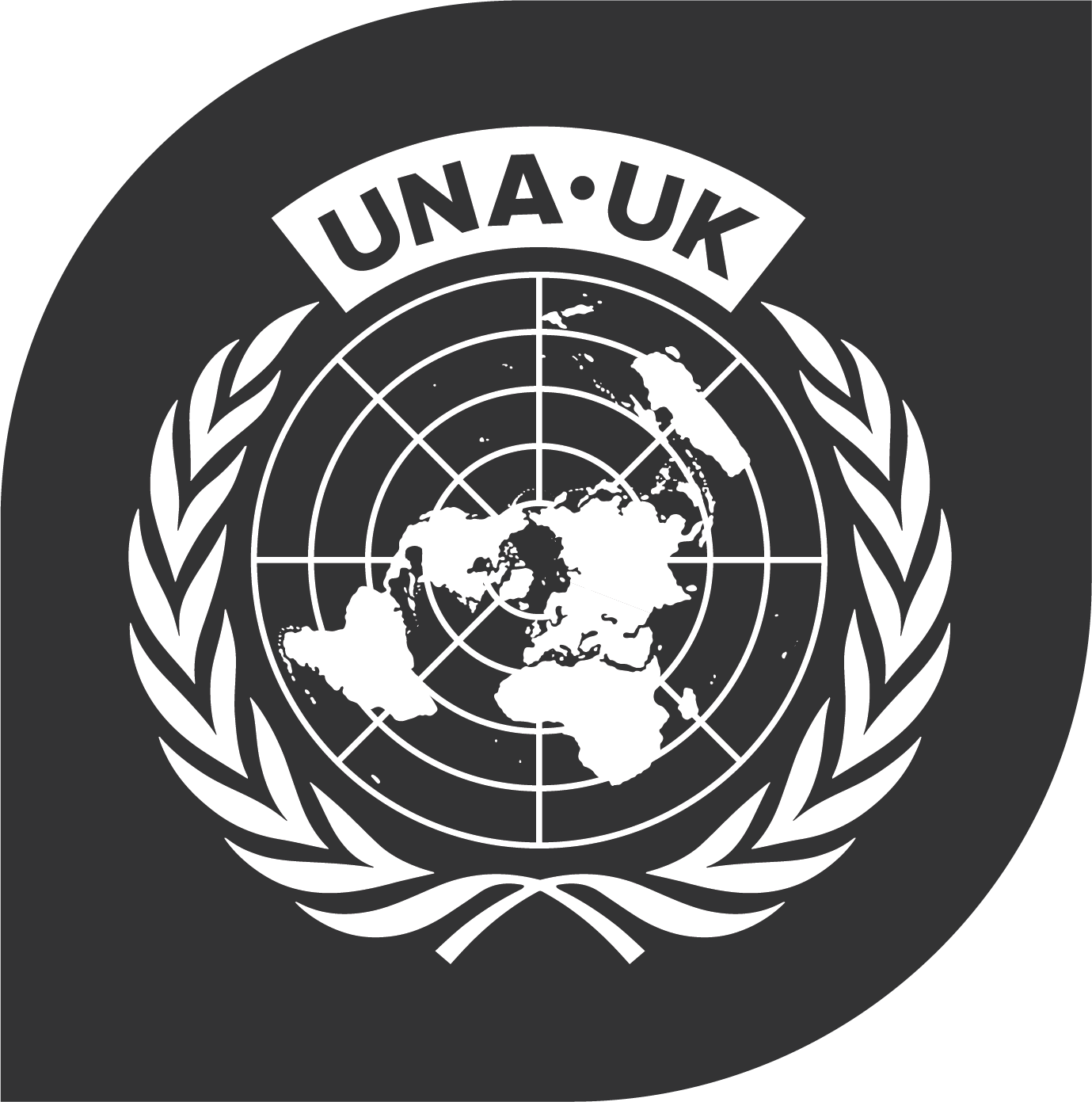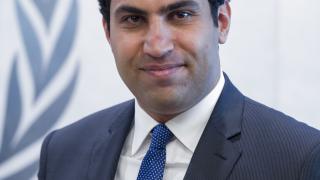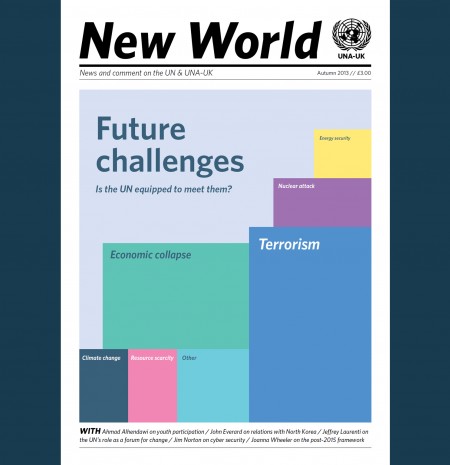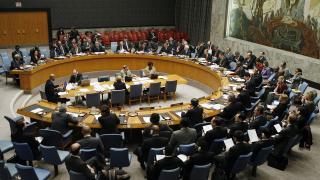With the Arctic Ocean expected to become free of ice for part of the year sometime in the next 20 to 40 years, and the Arctic region warming faster than the planet as a whole, the High North is emerging as a new geopolitical and economic theatre. Predictions of military and political confrontation over sovereignty and territory, the dramatic and immediate effects of increased maritime trade or the vast wealth of exploitable oil, gas and other mineral resources are almost certainly exaggerated, and perhaps alarmist. But analysts and policymakers can also be too complacent about the Arctic, seeing only optimistic visions of regional cooperation and brotherly love.
The overall trend in the region, though, does appear to be collaborative and peaceful. While states are naturally eager to further their own interests in the region, these are not being pursued in a purely zero-sum fashion redolent of the Cold War.
One of the main reasons for a lack of intense competition in the High North so far is that there are few disputes over resources, almost all of which are in undisputed territory. Even where there are actual or potential overlapping claims (for example over extended continental shelves in the Arctic Ocean), they are currently being handled through established international legal frameworks, especially the UN Convention on the Law of the Sea.
The Arctic states also understand that the opening of the region offers mutual benefits. This recognition drove the resolution in 2010, after four decades of negotiations, of a maritime boundary dispute between Norway and Russia in the Barents Sea, allowing both sides to now exploit its potential resources. There are also potential benefits for the maritime shipping industry as the sea ice declines. Shipping between Arctic ports, and bulk shipping from the Arctic to non-Arctic destinations, especially for hydrocarbons, are likely to see the greatest and earliest increases. Russia currently stands to gain the most from more open shipping routes, and hence Moscow hopes to encourage a safe and regulated shipping route through the Northeast Passage and especially the Northern Sea Route. Countries beyond the Arctic, particularly in Northeast Asia, also stand to benefit from these shipping routes and are becoming increasingly engaged in the region.
The generally cooperative atmosphere in the Arctic has not yet been undermined by military competition. There has been an increase in military activity, but this is from a very low base and is far from the kind of militarisation seen during the Cold War. The overall growth in military capabilities has been relatively restrained and driven more by the knowledge that the retreat of sea ice will create vast areas of water that will require governance as increased traffic will demand security and safety. The various militaries of the Arctic region have, in fact, been focused on cooperation and building nascent military-military relations, with few signs of competitive procurement and no ‘gunboat diplomacy’.
The stated aspiration of all the Arctic countries is to develop and maintain a region of peace, stability and prosperity. This is a strong base from which to develop regional collaboration, but it is by no means inevitable that a stable governance structure will be the result. The Arctic Council, established in 1996 as an intergovernmental forum, is unlikely to become an overarching international organisation in the foreseeable future, but it is a pragmatic institution that helps foster collaboration. Over time the Council may become a central pillar of a multi-level, multi-instrument regime, involving a number of UN bodies, such as the International Maritime Organization and the Commission on the Limits of the Continental Shelf. The UN Environment Programme and the UN Development Programme have long held observer status in the Council.
However, the Council’s remit explicitly excludes military security matters. Arctic security architecture lags some 20 years behind, and there is a pressing need to develop one while the atmosphere remains cooperative. The risk of a deterioration in relations among states that have at times been fractious rivals remains in the longer term.
Simply by virtue of its ongoing shift from effectively a physical no-go zone to the world’s newest neighbourhood, the Arctic provides opportunities for innovative and precedent-setting initiatives. If policymakers get it right, and avoid repeating the mistakes of the past, the Arctic could become a model for other parts of the world.
Christian Le Mière is Senior Fellow for Naval Forces and Maritime Security and Jeffrey Mazo is Consulting Senior Fellow for Environmental Security and Science Policy at the International Institute for Strategic Studies (IISS). Their book Northern Exposure: Strategic Implications of the Changing Arctic will be published by the IISS later this year.











